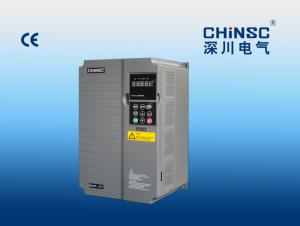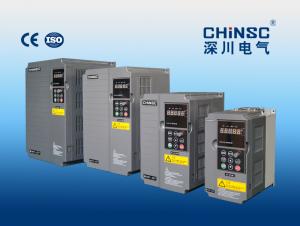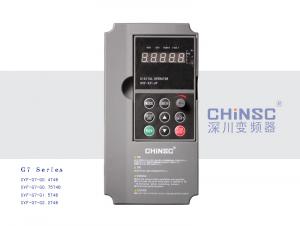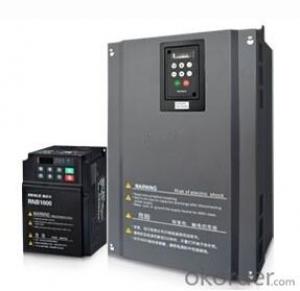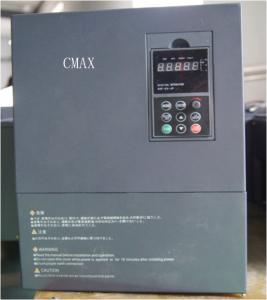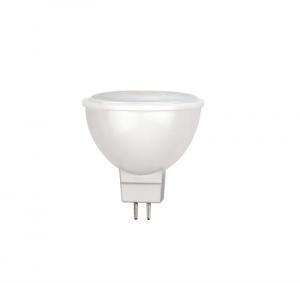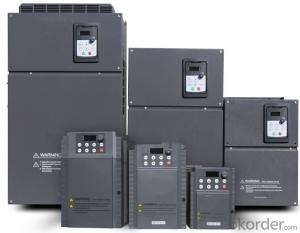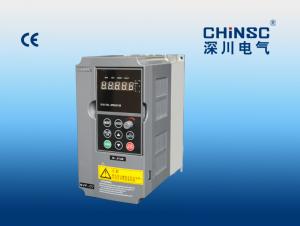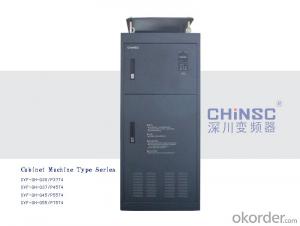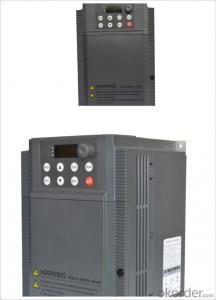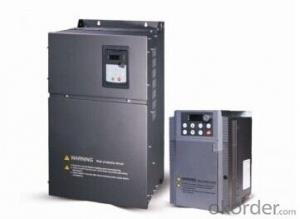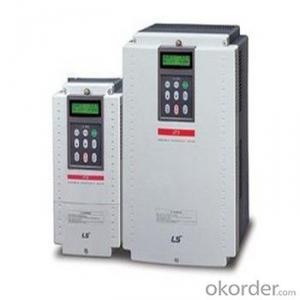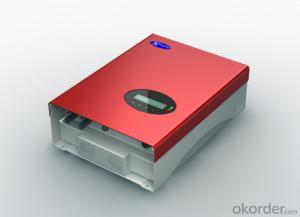Solar Edge 3 Phase Inverter
Solar Edge 3 Phase Inverter Related Searches
Cover For Solar Inverter Inverter For Off Grid Solar App For Solar Inverter Capacitor For Solar Inverter Awning For Solar Inverter Solar Inverter For Rv Inverter For Solar Inverter With Solar Input Quality Solar Inverter Best Solar Inverter In KeralaHot Searches
Solar Edge Inverter For Sale Fiberglass Scaffolding For Sale Fiberglass Panels For Sale Fiberglass Greenhouses For Sale Type Of Scaffolding With Pdf Solar Inverter With 2 Battery Pedestal Fan With Water Spray Price Mini Inverter With Battery Online Shopping Solar Edge Inverter Price Ceiling Fan Lowest Price Solar Edge Inverter Sizes Solar Inverter For Laptop Solar Inverter For Fridge Best China Solar Inverter China 3 Phase Solar Inverter Solar Inverter Supplier In Uae Solar Inverter In Dubai Solar Inverter In Saudi Arabia Solar Inverter In Uae Solar Inverter In KeralaSolar Edge 3 Phase Inverter Supplier & Manufacturer from China
Okorder.com is a professional Solar Edge 3 Phase Inverter supplier & manufacturer, offers integrated one-stop services including real-time quoting and online cargo tracking. We are funded by CNBM Group, a Fortune 500 enterprise and the largest Solar Edge 3 Phase Inverter firm in China.Hot Products
FAQ
- Yes, a solar inverter can be used with a solar-powered remote monitoring system. The solar inverter is responsible for converting the direct current (DC) generated by the solar panels into alternating current (AC) that can be used to power various devices, including the remote monitoring system. This allows the remote monitoring system to be powered by the solar panels and ensures that it operates efficiently.
- A solar inverter synchronizes with the grid frequency by continuously monitoring the frequency of the electricity supplied by the grid. It adjusts its own output frequency to match the grid frequency, ensuring that the electricity it generates is synchronized with the grid. This synchronization allows the solar inverter to seamlessly inject power into the grid and maintain a stable and reliable electrical supply.
- A solar inverter handles voltage flicker by regulating and stabilizing the voltage output. It detects any fluctuations in the grid voltage caused by flicker and adjusts the output accordingly to maintain a consistent and stable voltage for the connected solar panels or other electrical devices.
- The output voltage of a solar inverter is regulated through the use of control circuitry and power electronics components. These components monitor the input voltage from the solar panels and adjust the output voltage to meet the desired specifications. The control circuitry ensures that the output voltage remains stable and within the required range, even when there are fluctuations in the input voltage or varying load conditions.
- Yes, a solar inverter can be used with a wireless communication system. In fact, many modern solar inverters are designed with built-in wireless communication capabilities to allow for monitoring and control of the system remotely. This enables users to access real-time data, adjust settings, and receive notifications about the performance of their solar power system through a wireless connection, such as Wi-Fi or cellular networks.
- Yes, a solar inverter can indeed be used in a commercial or industrial setting. In fact, solar inverters are commonly used in these settings to convert the direct current (DC) produced by solar panels into alternating current (AC) that can be used to power various electrical loads in the facility. This helps businesses and industries reduce their reliance on traditional energy sources and save on electricity costs while promoting sustainability.
- A solar inverter is connected to solar panels through a direct current (DC) connection. The DC power generated by the solar panels is sent to the inverter, which converts it into alternating current (AC) power that can be used to power electrical devices or be fed into the grid.
- The maximum current output of a solar inverter depends on various factors such as the size and capacity of the inverter, the number and capacity of the solar panels connected to it, and the specific technology and design of the inverter. Generally, solar inverters have a maximum current output ranging from a few amps to several hundred amps, with larger commercial-scale inverters having higher current outputs compared to residential or smaller scale inverters. It is crucial to select an inverter that can handle the current requirements of the solar panel system to ensure optimal performance and safety.









